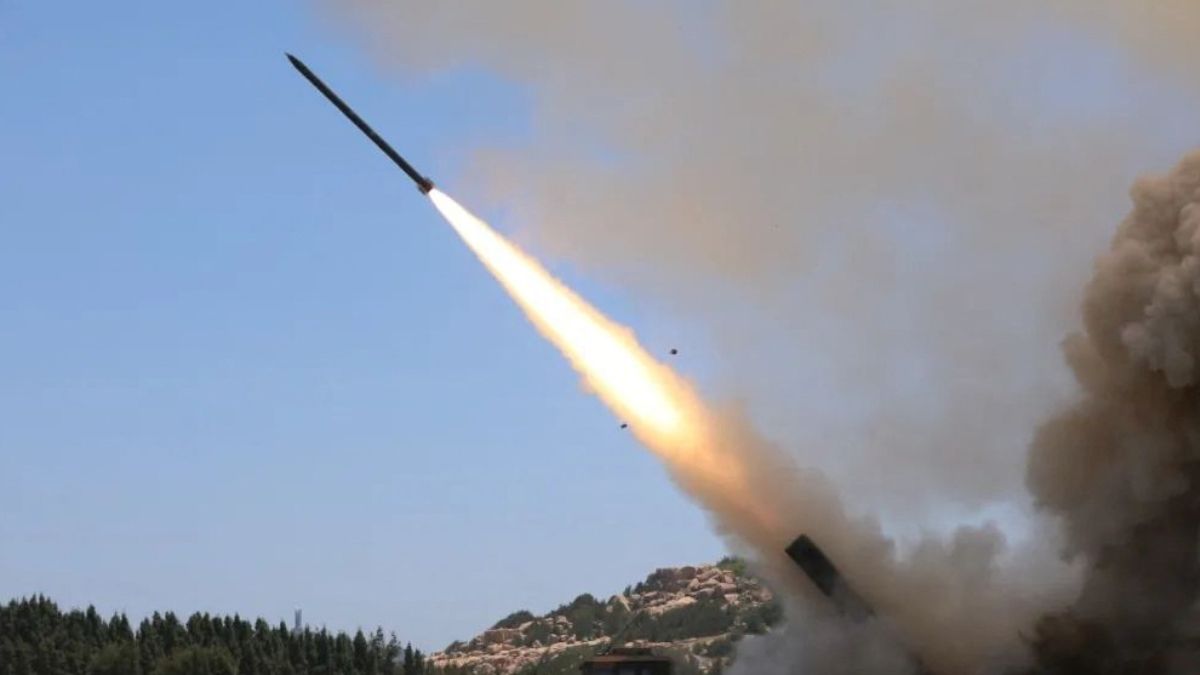China has announced the deployment of a working prototype of a global missile defence system, which mirrors the ambitions of the United States’ proposed Golden Dome initiative. Scientists involved in the project have described it as a breakthrough in data processing for global threat management, reported the South China Morning Post.
Although still in the early stages of development, the system, known as the ‘distributed early warning detection big data platform’ — is said to have the capacity to simultaneously track a thousand missiles fired at China from anywhere on the planet.
Global coverage and real-time intelligence
By integrating a wide array of sensors located in space, at sea, in the air, and on land, the system can identify and analyse potential threats in real time. This includes acquiring essential details such as flight trajectories, the type of weapon, and whether the missile is a genuine warhead or a decoy, thereby enabling interception systems to act with precision.
“The system can integrate data from different types of military platforms – developed by various suppliers, deployed in different regions and over different time periods – and transmit and analyse massive volumes of data at high speed through highly secure but bandwidth-limited military networks, even when subject to interference or disruption,” said the team behind the project.
This development marks the first known missile defence system to achieve planet-wide coverage, according to the outlet.
Golden Dome missile defence shield?
In May, President Donald Trump proposed the Golden Dome initiative to break down geographical barriers and create a system for global information sharing.
Trump selected a design for his Golden Dome missile defence system and appointed a leader for the ambitious $175 billion defence programme.
Impact Shorts
More ShortsA blueprint of the plan, presented by the Pentagon to industry in August and first reported by Reuters, outlined that in addition to the space-based intercept layer, the system will feature three additional land-based layers.
The concept revealed in August also included a third layer comprising five land-based launch sites designed to intercept incoming missiles while they are still in space. Three of these sites would be situated within the continental United States, with the other two positioned in Hawaii and Alaska.
An existing missile defense system named the Ground-Based Midcourse Defense system that uses land-based interceptors stationed in California and Alaska will be enhanced to create the second layer, according to the Pentagon presentation.
The fourth intercept layer would be for “Limited Area Defense”, meant to protect population centers. The concept includes new radars, a brand new “common” launcher that will launch current and future interceptors and may include the existing Patriot missile defense system. These would work in concert to defeat all threat types, such as hypersonic weapons and cruise missiles, the Pentagon said.


)

)
)
)
)
)
)
)
)



